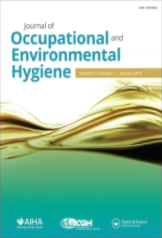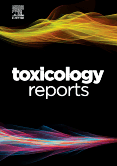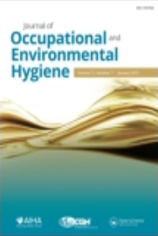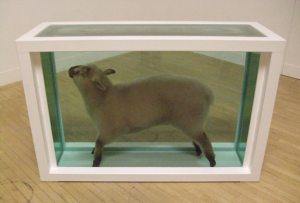A key paper linking use of talc-based baby powder to cancer contains fraudulent information, according to a new complaint against an author of the article who has testified on behalf of plaintiffs.
A judge had previously allowed the release of a document confirming the identity of one of the patients in the article, who had claimed exposure to asbestos besides in baby powder, contrary to the authors’ claim that the cases in the series had no other exposures.
The paper, “Mesothelioma Associated With the Use of Cosmetic Talc,” was published in the Journal of Occupational and Environmental Medicine in January 2020. It has been cited 22 times, according to Clarivate’s Web of Science. Corresponding author Jacqueline Moline of Northwell Health in Great Neck, N.Y., has also referenced the article in expert testimony for plaintiffs in talc litigation, as well as in remarks before Congress.
Continue reading J&J subsidiary alleges fraud in paper that linked cosmetic talc with mesothelioma
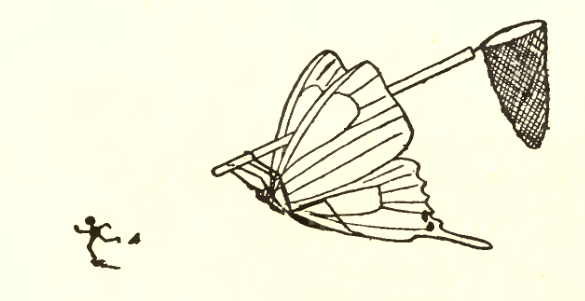
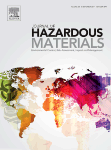
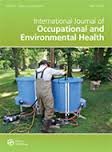 Past and present members of the editorial board of a public health journal have filed a formal complaint against the publisher after it
Past and present members of the editorial board of a public health journal have filed a formal complaint against the publisher after it 